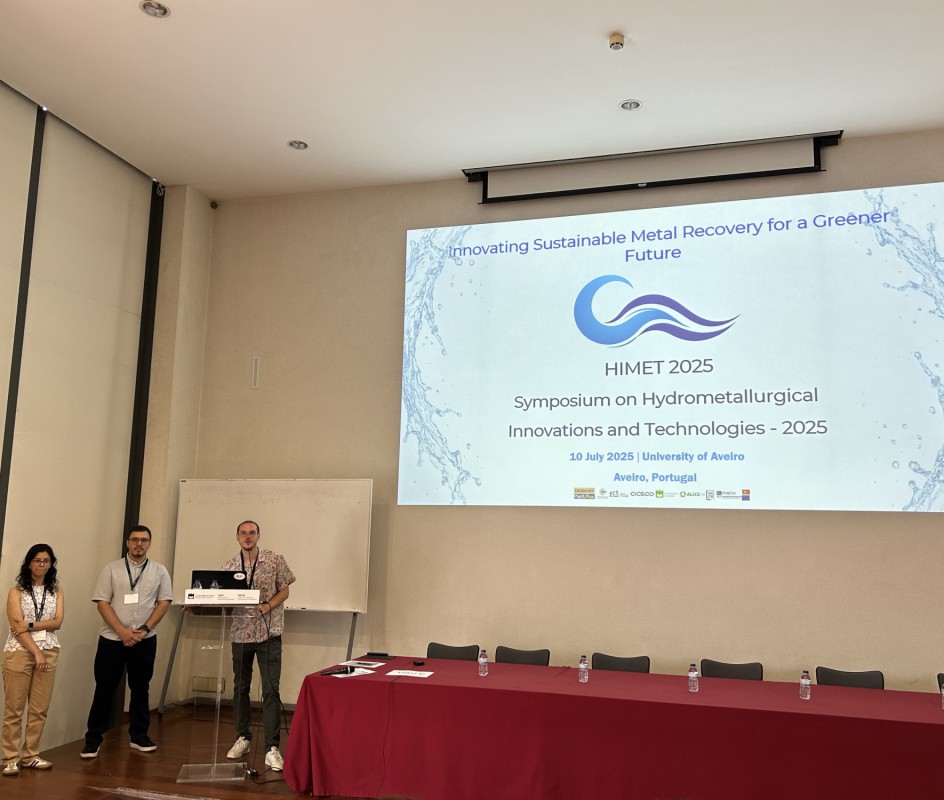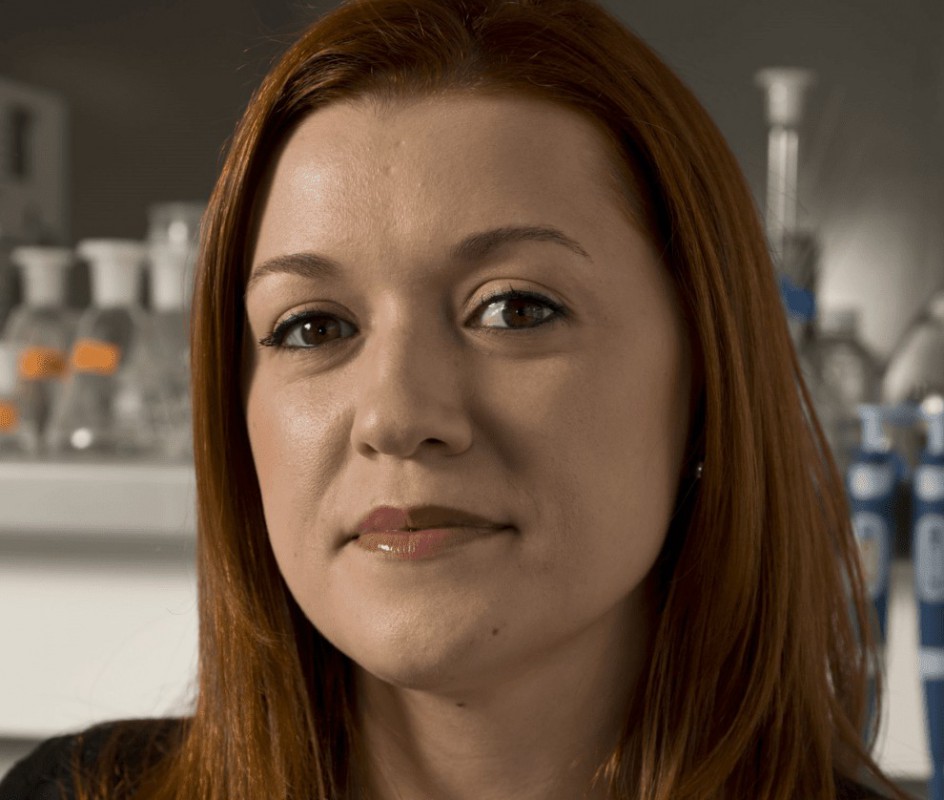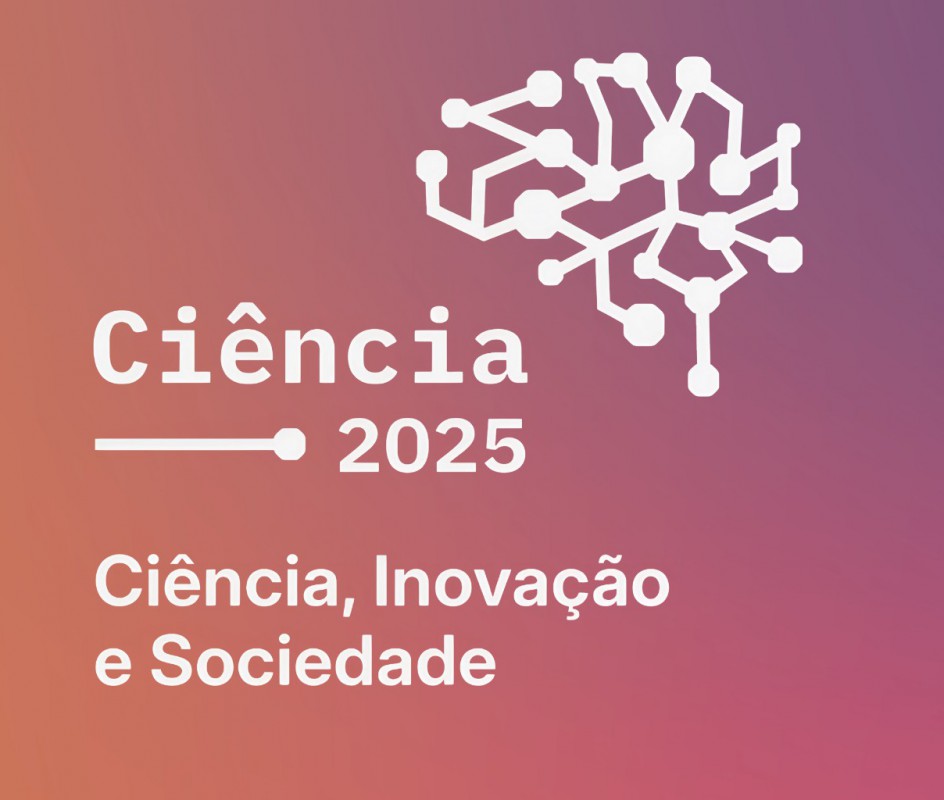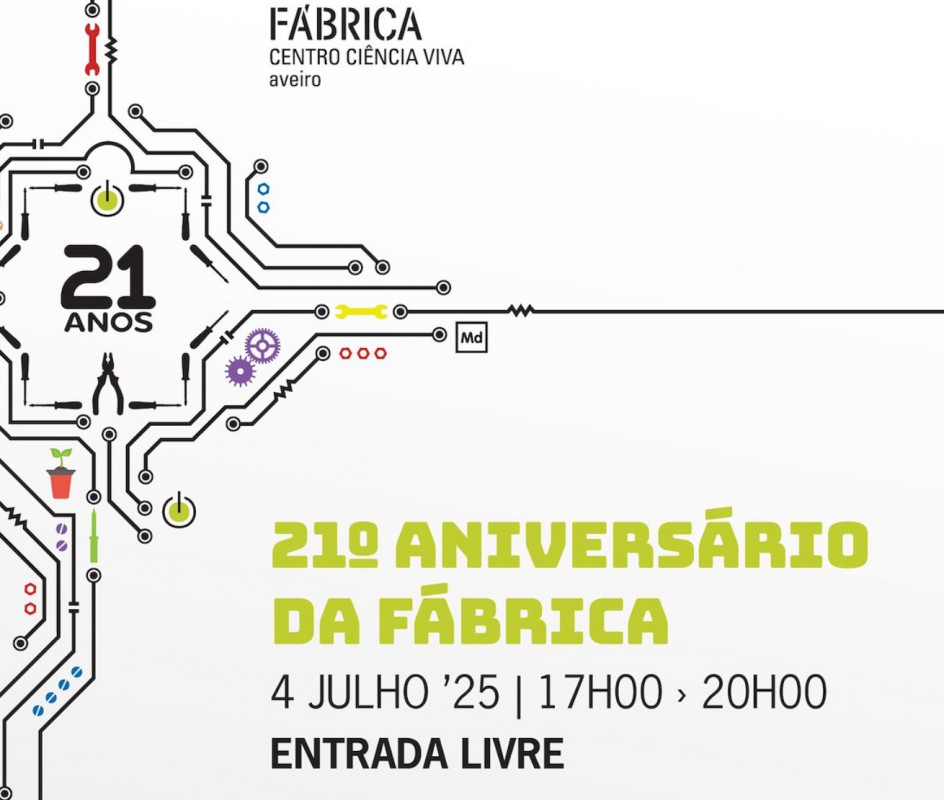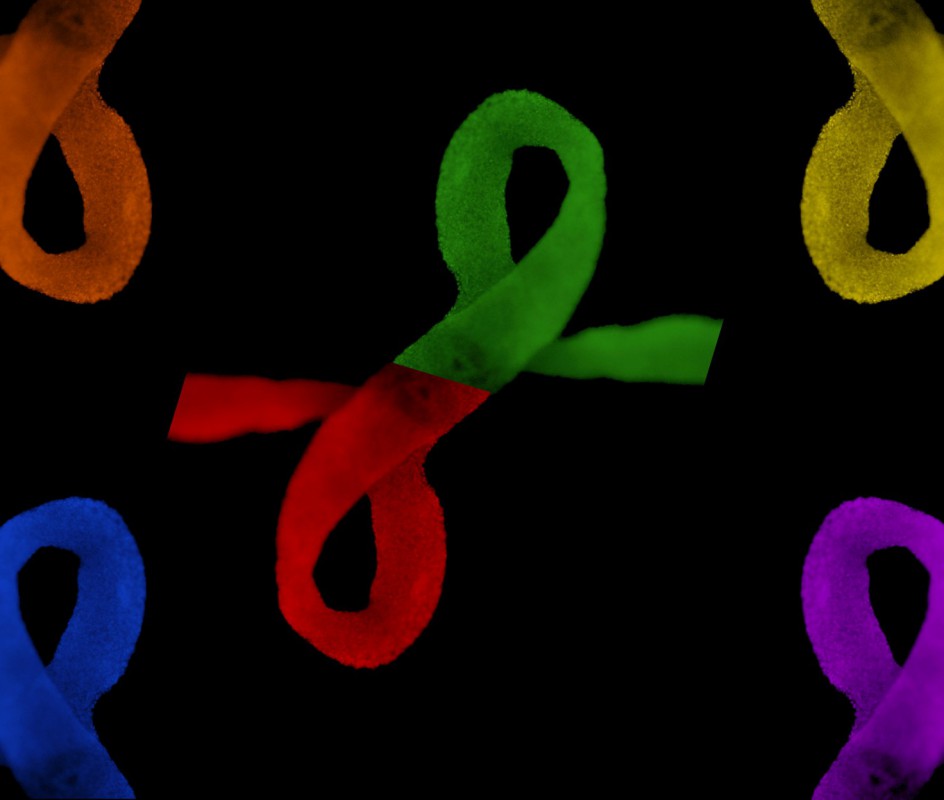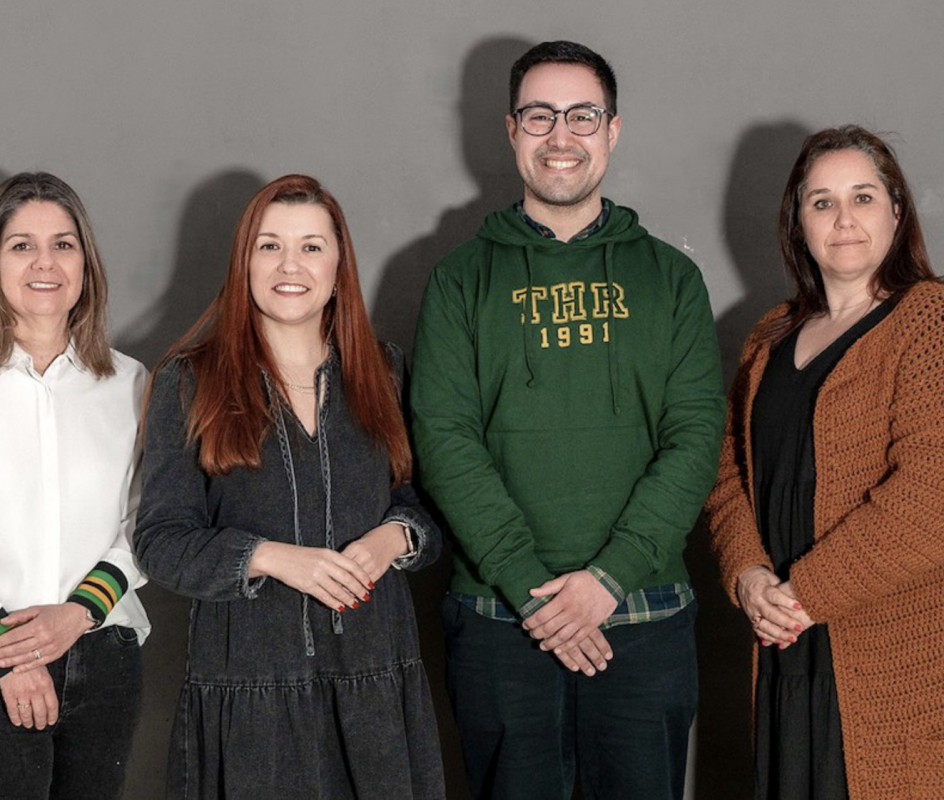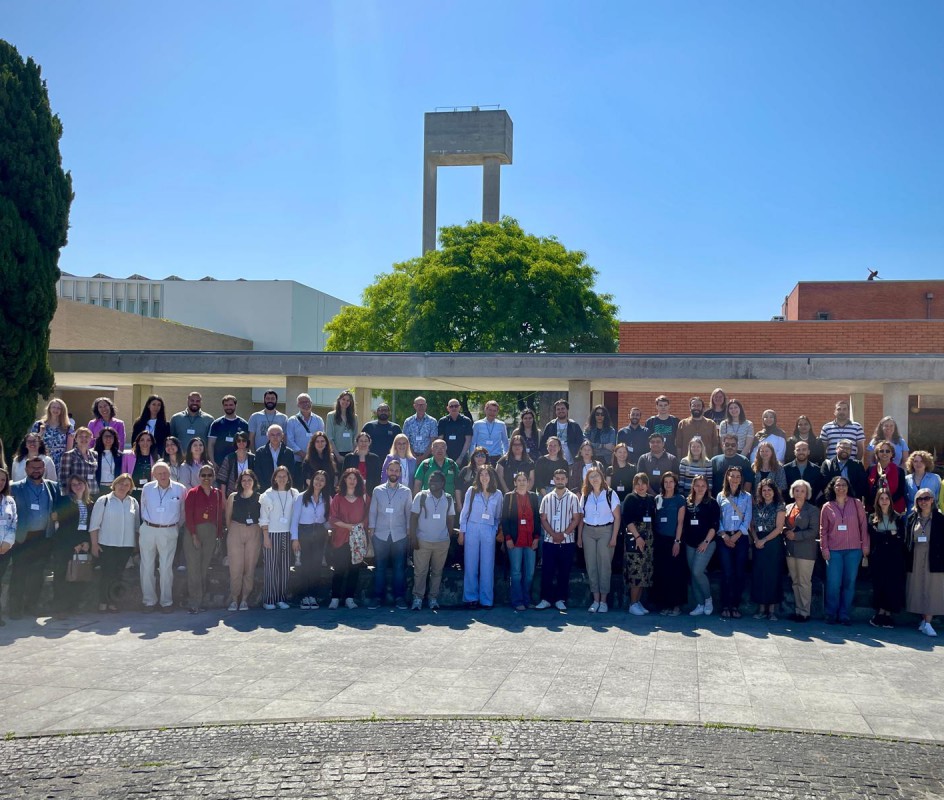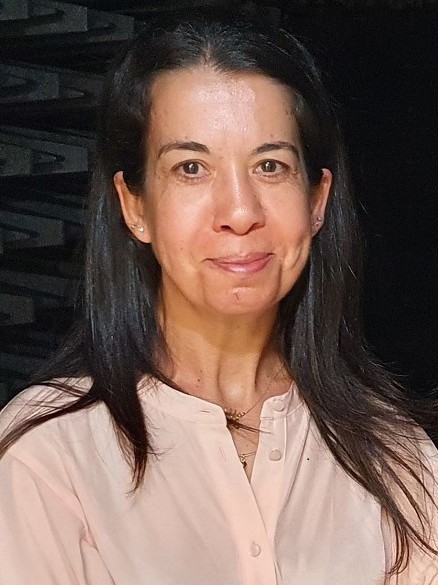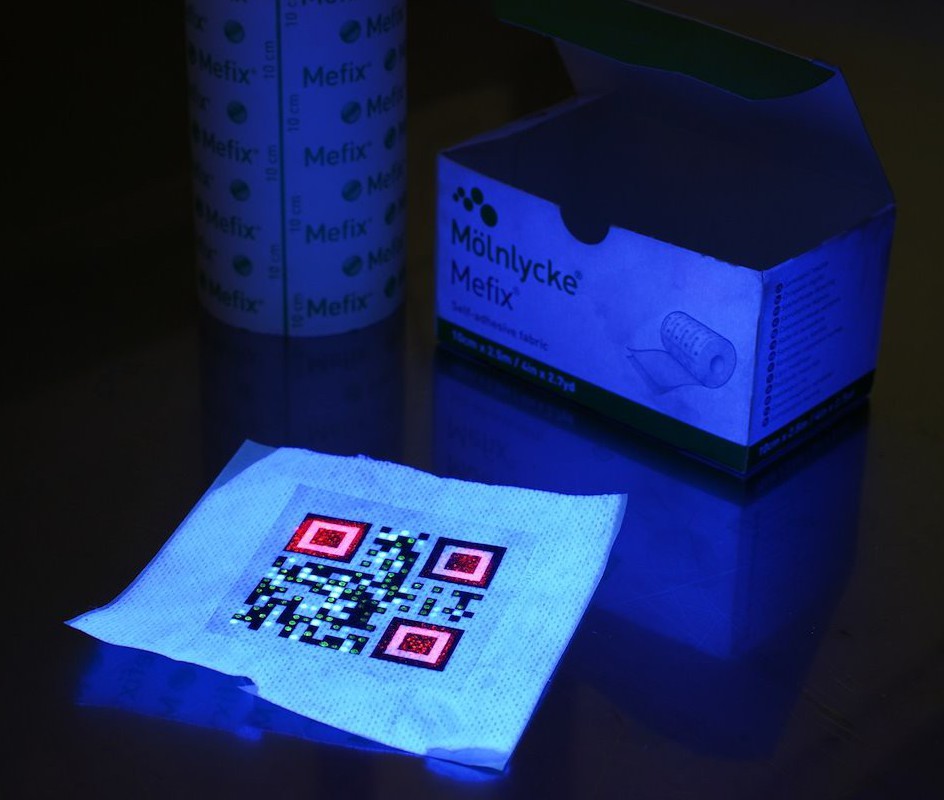
A research group of CICECO-Aveiro Institute of Materials, led by Rute A.S. Ferreira, in collaboration with a researcher from the Telecommunications Institute (Paulo S. B. André), developed intelligent tags for monitoring physical parameters in the Department of Physics - monitoring elements such as temperature and exposure to ultraviolet radiation, in real time. These labels take the form of QR codes, composed of several luminescent layers that are sensitive to physical parameters that are measured by a camera on a cell phone.
This technology enables new approaches to combining traceability and authentication with the monitoring of objects, documents, or people, by encrypting information so that access is restricted.
Relative to the real-world scenario of QR codes, this technology allows the amount of stored information to increase up to three times, also adding the ability to monitor physical parameters and to control access to the information provided, creating public and restricted access. These tags can be used in tracking and monitoring people or goods such as tracking bank notes or monitoring and tracking food products).
The potential of this technology was recently extended in the context of the covid-19 pandemic that made the need for simultaneous measurement of body temperature and the rapid tracking and authentication of people more evident. In addition, there is the great challenge of developing effective, low-cost tags that can promote the delivery of healthcare anywhere and remotely, using smart, personalized devices integrated with the Internet of Things (IoT). The technology now proposed combines the concept of multiplexed QR codes in color with customized smart labels formed by several independent layers and smart location patterns manufactured on medical substrates (medical adhesives and surgical masks).
This methodology has made it possible to design new state-of-the-art optical sensors for health services delivered electronically, over the Internet (eHealth), and mobile sensors (mHealth), making each individual a public health agent.
Related Articles
We use cookies for marketing activities and to offer you a better experience. By clicking “Accept Cookies” you agree with our cookie policy. Read about how we use cookies by clicking "Privacy and Cookie Policy".


